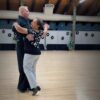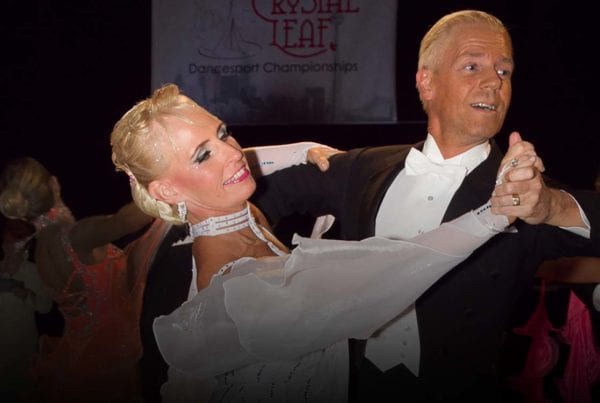Researchers at Johns Hopkins University recently discovered that how you practice can double the speed of your learning process compared to traditional approaches for practicing motor skills.
The researchers put people into groups to learn a new motor skill. One group repeated the skill in exactly the same way over and over multiple times. Another also repeated the skill but varied aspects of the practice sessions very slightly to do the same thing with minor variations in how they practiced. The researchers were not overly surprised to find that the second group learned faster. But they were shocked at how much faster. In general, they learned the new skill twice as fast as the group that didn’t vary their approach.
The scientists believe this is due to something called reconsolidation, a process in which existing memories are recalled and modified with new knowledge. It’s long been suggested that reconsolidation could help to strengthen motor skills, but this is one of the first experiments to test that hypothesis. Earlier neurological research has shown that the body and mind require about six hours of time gap between practice sessions for our memories to reconsolidate. In the above-mentioned research, the participants all were given 6-hour breaks between practice sessions to make the most of reconsolidation. Even then, the group that varied their approach learned twice as fast.
“Our results are important because little was known before about how reconsolidation works in relation to motor skill development. This shows how simple manipulations during training can lead to more rapid and larger motor skill gains because of reconsolidation,” said lead researcher Pablo Celnik. “The goal is to develop novel behavioural interventions and training schedules that give people more improvement for the same amount of practise time.” One thing they did note was that the variations had to be subtle. Major differences eliminate any benefit of reconsolidation by keeping the body from connecting the two sessions properly as relating to the same activity.
What does this mean for dancers?
The traditional method of practice has been to learn a new piece of technique, or a new piece of choreography, then practice it again and again in order to train the muscles to retain “muscle memory” of that action. But in most cases there is very little variation of the action. We use the same speed of music, the same partner, and create the same action every time.
The new research suggests that we should switch things up a bit. For example, just trying the same thing with different partners can significantly vary how the action feels, while allowing the body to recognize that it’s still the same action. Perhaps this is why dancers who turn professional seem to grow exponentially faster than they did as amateur couples in a consistent partnership: suddenly they are covering the same information with different partners, constantly empowering the reconsolidation process.
You could also try varying the type of music that you are dancing to. Try dancing a new technique or choreography chunk to slower or faster music, or even to music from a different dance so that the body has to approach it differently while still performing the same actions.
Even something as subtle as putting the action into different places in your routine could assist with reconsolidation. Give it a try and see what happens.













